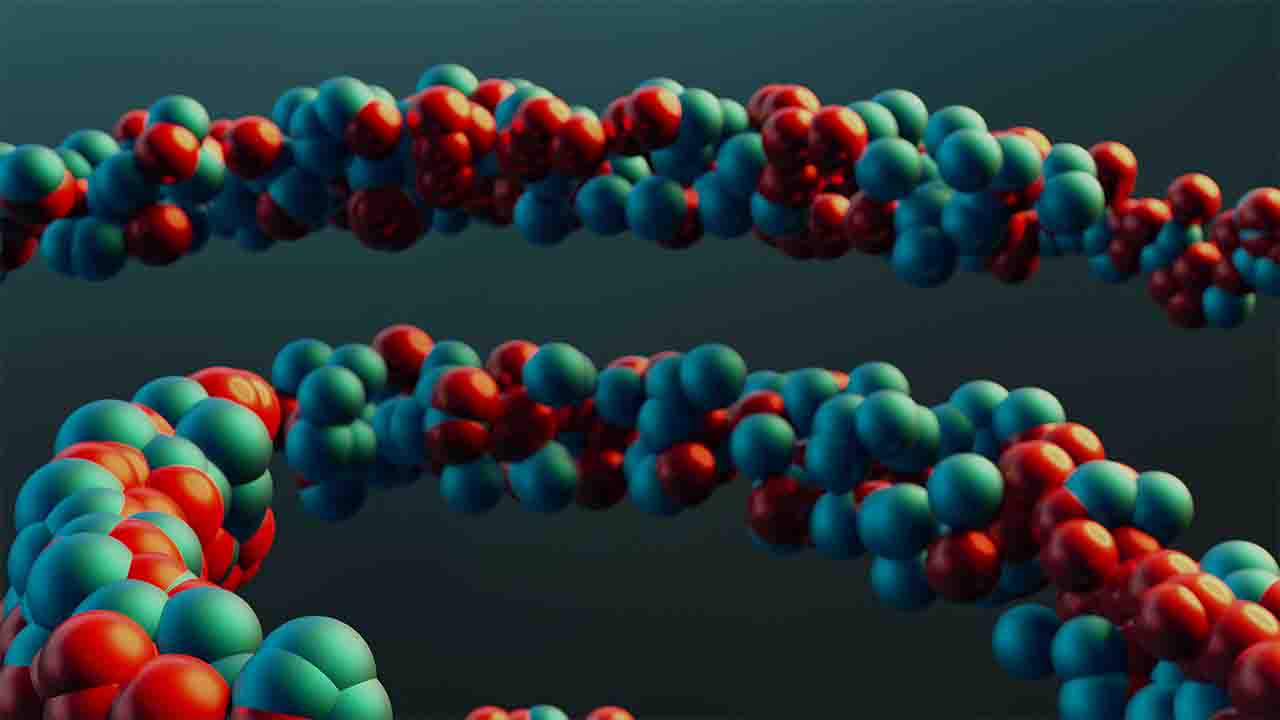Indian researchers have created a new image-correction system skilled at getting better pictures during the study of atoms at absolute zero temperature. The method can get rid of 50% interference fringes in the images, which are significant for better understanding the fascinating quantum mechanics governed properties of atoms at cold temperatures, the Science and Technology Ministry said in a current statement.
An investigative group at the Raman Research Institute (RRI), an independent institute of the Ministry, has established an image-correction solution. At low temperatures close to absolute zero, the unique properties of atoms based on classical mechanics are substituted and then governed by the laws of quantum mechanics. They hold the window to offer an opportunity to study and better comprehend the atomic properties at such low temperatures, according to the Ministry.
The frequently used method for the study of ultracold atoms is by positioning magneto-optical traps with high-power laser cooling systems. Cold atoms of elements like sodium, potassium, and rubidium are regularly studied. Recognition techniques, namely fluorescence, absorption, or phase-contrast imaging techniques are utilized. Of these, imaging through fluorescence or absorption techniques is broadly used.
However, the images attained using these procedures are often distorted due to unwanted interference fringes which are unwelcome dark-bright patterns imprinted on the actual images, consequently lowering the quality of results. The existence of unwanted interference fringes can disrupt the accurate calculation of significant parameters — the atom number, temperature, and dynamics in reduced time scales.
The recently developed algorithm by the team of the Raman Research Institute is created on the current eigenface recognition joined with a smart masking technique intended to obtain images with negligible interference fringes. This eigenface recognition is quite similar to discovering a correct image of a person or an object from a collection of images based on the geographies of the object. Cell phones use this as a base technology; however, modern-day smartphones have improved this with supplementary machine-learning-based technology to advance the features but the idea remains the same.
While dealing with cold atoms, it is essential to compute the Optical Density (OD) from which one can regulate the temperature, size, density, and other useful parameters, said Gourab Pal, a PhD student at the Raman Research Institute. In this algorithm, scientists need to analyze a vital parameter known as the Optical Density, which is the logarithmic subtraction of two frames — one comprising the cold cloud (denoted as S) and the other is the probe light (denoted by L). Under perfect circumstances, both the L and S frames have equal interference fringes, which when logarithmically subtracted result in the elimination of fringes.
But in reality, while working in the laboratory, these frames do not show equal interference fringes, creating the situation challenging and demanding a de-fringing process to attain a clean Optical Density, described Pal, who is the primary author of the paper titled ‘Efficient denoising of cold atom images using optimized eigenface recognition algorithm’.
In the paper issued recently in the journal Applied Optics, the RRI team claimed the anticipated technique could decrease the interference fringes in the absorption imaging of cold atoms by approximately 50%. In addition, there was a noticeable enhancement, of the order of 50%, obtained in the temperature uncertainties in cold Rubidium atoms, when this algorithm was used. Researchers contend the absorption imaging method is prevalent in the cold atom community and has an extensive range of applications.
This is particularly beneficial where the number of atoms is less. Absorption imaging can be used to determine the density profile of cold and ultracold atoms. In this procedure, we find the temperature of a cold atom cloud via time-of-flight dimensions. The foundation of quantum gas microscopy is absorption imaging. In addition, this technique is used to achieve in-situ measurements of trapped atoms, said co-author of the paper, Saptarishi Chaudhuri, head QuMix laboratory at the Foundation.








